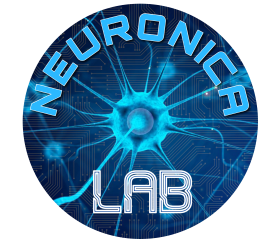Automated ECG analysis and classification are nowadays a fundamental tool for monitoring patient heart activity properly. The most important features used in literature are the raw data of a time window, the temporal attributes and the frequency information from the eigenvector techniques.
This work compares there approaches from a topological point of view, by using a linear and non-linear projections and a neural network for assessing the corresponding classification quality.
The non-linearity of the feature data manifold carries most of the QRS-complex information. Indeed, it yield high rates of classification with the smallest number of features.
This is most evident if temporal features are used: non-linear dimensionality reduction techniques allow a very large data compression at the expense of a slight loss of accuracy.
It can be an advantage in application where the computing time is a critical factor. If, instead, the classification is performed offline, the raw data technique is the best one.
